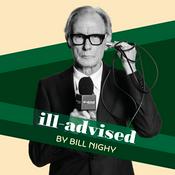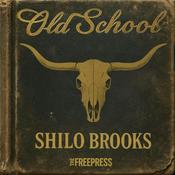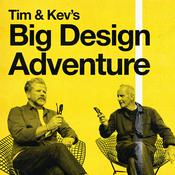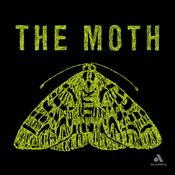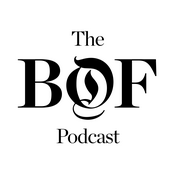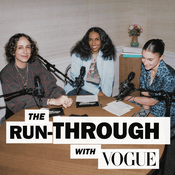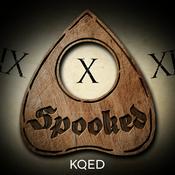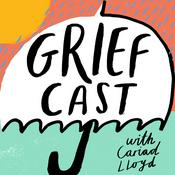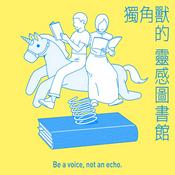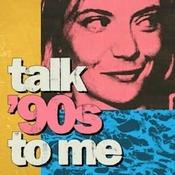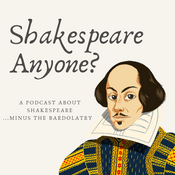Available Episodes
5 of 38
- Pianist & Composer Grant Richards with Drummer Roberto Giaquinto - Live at Catalyst RecordsHere's a special episode of The Lo-Down Culture Cast, recorded live at Catalyst Records in Essex Market. Pianist & composer Grant Richards and drummer Roberto Giaquinto joined host Traven Rice to talk about the hustle of being a jazz musician in NYC today. They played some music composed by Grant Richards and performed some new music from an upcoming album that they have collaborated on titled Orbits Trio+3. The sound was great and the vibe was warm and welcoming, thanks to Catalyst owner Gary Guarinello. NYC-based pianist Grant Richards is an award-winning jazz performer, composer, and educator who adapts to a wide range of settings, styles, and genres. A native of Portland, Oregon, Grant began playing piano at the age of eight. By the time he entered college, he had won four Student Music Awards from Downbeat Magazine and recorded his first album as a leader. He went on to Berklee College of Music on a full-tuition Jimmy Lyons Scholarship. After releasing his second studio album Numinous, Grant moved to Japan for nearly three years where he taught at an international music school and performed often in the vibrant Tokyo music scene. Upon his return to the US, he moved to New York City and served as the Musical Director for the 2019 Jacob’s Pillow Tap Program. In October 2024 Grant released Menagerie, a vast collaborative songwriting project straddling the line between jazz, pop, and neo-soul which features a host of talented vocalists and musicians living in the NYC area. Recorded in 2023 at Keyboard Heaven in Brooklyn, this 15-track album is a genre-bending journey that has raked in over 200,000 streams across the globe since its release. In addition to being a gigging musician, Grant is a music educator, recording artist, writer and composer. Italian drummer Roberto Giaquinto started out his musical journey with his older brother in Naples, Italy, playing with different local bands around the city while still in middle school. After moving to Rome, he graduated with a degree in jazz arranging AND In 2009, he was awarded a scholarship to Berklee College of Music and after moving to Boston in 2010, he was selected to be part of the Global Jazz Institute.--------27:23
- Ali Rosa-Salas From Abrons Arts Center and Henry Street SettlementAli Rosa-Salas is a curator whose approach is rooted in the belief that curatorial practice must serve the public good. She talked with host Traven Rice about the history of the Abrons Arts Center at Henry Street Settlement and the importance of arts within communities like the Lower East Side. For over a decade, Ali has served New York City arts and culture primarily through curatorial projects in live performance. Currently, Ali is the Vice President of Visual and Performing Arts of Abrons Arts Center at Henry Street Settlement, the only cultural organization in New York City that is part of a social services agency. From 2020-2023, she served as an Associate Curator of the Jacob’s Pillow Dance Festival.--------32:23
- Dora Grossman-Weir, GM and Wine Director at Tolo, Mitsuru and Sunn'sDora Grossman-Weir speaks with Culture Cast host Traven Rice about making wine fun and accessible at two new delicious spots in the neighborhood. Born and raised in Brooklyn, New York, Dora Grossman-Weir is a hospitality professional with a focus on wine. After spending two and a half years working at the online wine shop and start-up, Parcelle, she left to work with the wine team at Momofuku Ko before returning to the group to open Tolo, a Chinese restaurant from chef Ron Yan (28 Canal St.) and later Sunn's, a Korean spot from chef Sunny Lee (139 Division St.). She also oversees Mitsuru (West 4th and MacDougal St.) as their General Manager and Wine Director. Growing up with a family that loved food, she has always been enamored with great restaurants, exploring different cultures by way of their cuisines, and the intersection of wine and history. Grant Reynolds is the founder behind Parcelle, an independent New York City-based online wine business that began in 2019. He then opened a brick and mortar wine bar in 2022 on Division Street with Chinese chef Ron Yan. The team then opened Tolo (28 Canal) in 2023.--------26:00
- Public Artist Laura NovaLower East Side artist and activist Laura Nova speaks with The Lo-Down Culture Cast host Traven Rice. Nova is an artist, educator, and activist who creates festive, absurdist spectacles that unite generations and diverse communities. The first Public Artist in Residence to be embedded in New York City’s Department for the Aging, Nova brings expertise and empathy to her projects and actions, designing each element to enhance social wellness and decrease social isolation. Working in festivals, public monuments, and the city street, Nova delivers spiels to homebound New Yorkers, organizes an older adult cheerleading squad and designs crafting kits, guides, and costumes that help nurture emerging activists of all ages. Nova received a B.F.A. and B.A. from Cornell University and an M.F.A. from The School of the Art Institute of Chicago. She is currently designing and teaching in the CareLab at The New School and an Urban Field Station Collaborative Arts fellow advocating for the care and longevity of humans and trees.--------26:00
- "Candy Store" a New Photo Book About Ray's Candy Shop Celebrates 50 Years of Ray'sPhotographer Whitney Browne talks with Host Traven Rice about her debut Book, "Candy Store - A Behind-the-Counter Look at Ray’s Candy Store, One of NYC’s Most Beloved Sweets Slinging Stalwarts." The book is launching this weekend, just in time to celebrate Ray's 50th year of business in the East Village. Most New Yorkers who live downtown have been into the iconic shop at one time or another, and often late at night, as it was open 24-hours for most of the last five decades. The tiny storefront is located on Avenue A and E. 7th Street, at Tompkins Square Park. It's famous for its egg creams and fried Oreos, a cheap cup of coffee, ice cream and New Orleans style beignets - along with some good conversation with Ray himself, who recently turned 91 years old. Along with many others in the downtown community, Whitney became friends with Ray decades ago, and began helping out behind the counter shortly thereafter. As she got to know Ray and many of the cast of regular characters who came and went, she couldn't resist bringing her camera along to capture the unique New York City establishment that we all know won't continue, or be able to be replicated after he's gone. Browne’s photographs offer more than nostalgia—they capture the joy, grit, and intimacy of a neighborhood stalwart that continues to thrive despite the city's constant transformation. The book launch will be celebrated with a public event at Ray’s Candy Store on Saturday, May 17th, from 5 PM to 8 PM. You can pick up a signed copy of CANDY STORE for yourself, grab a fried Oreo or soft serve, and enjoy tunes from Lower Eastside Record Club along with a classic East Village hang with Ray himself. CANDY STORE is available for purchase at www.whitneybrowne.com and select bookstores.--------23:39
More Arts podcasts
Trending Arts podcasts
About The Lo-Down Culture Cast
Conversations with culture changers in downtown New York City. Hosted by Arts & Culture Editor Traven Rice.
Podcast websiteListen to The Lo-Down Culture Cast, ill-advised by Bill Nighy and many other podcasts from around the world with the radio.net app
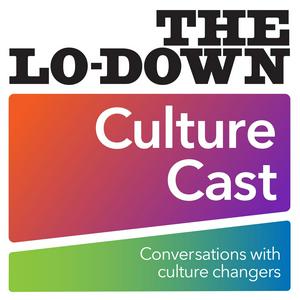
Get the free radio.net app
- Stations and podcasts to bookmark
- Stream via Wi-Fi or Bluetooth
- Supports Carplay & Android Auto
- Many other app features
Get the free radio.net app
- Stations and podcasts to bookmark
- Stream via Wi-Fi or Bluetooth
- Supports Carplay & Android Auto
- Many other app features


The Lo-Down Culture Cast
Scan code,
download the app,
start listening.
download the app,
start listening.
